Latest Posts
Hundreds of researchers from Samsung Electronics have gone to Micron
And the Korean government has begun to crack down
Last week, the American storage manufacturer Micron Technology suddenly announced the mass production of 24GB 8H HBM3E, which will be used in Nvidia’s H200 GPU and will be shipped in the second quarter.
SK Hynix and Samsung Electronics, which have been leading in HBM products, were shocked. After a week of investigation, the Korean government began to take action, after all, HBM chip technology has been listed as a strategic core technology in Korea.

Statistics show that in the past five years, the Korean government has dealt with as many as 96 cases of core technology leakage. By industry, semiconductors are the most common, with as many as 38 cases, followed by displays with 16 cases, and electronic products and automobiles with 9 cases each.
The estimated economic losses exceed 26 trillion won, and the number of cases per year is increasing, from 14 cases in 2019 to 23 cases in 2023.
Court orders prohibit working for Micron
Amidst the intensifying competition in the memory chip industry, a few days ago, the Seoul court made a ruling to prohibit former HBM researchers from SK Hynix from working for Micron Technology before July 26th, including employment, work, or providing consulting and labor services for Micron’s subsidiaries, offices, and affiliates.
If the injunction is violated, the individual will be fined 10 million won (about $7,511) per day.
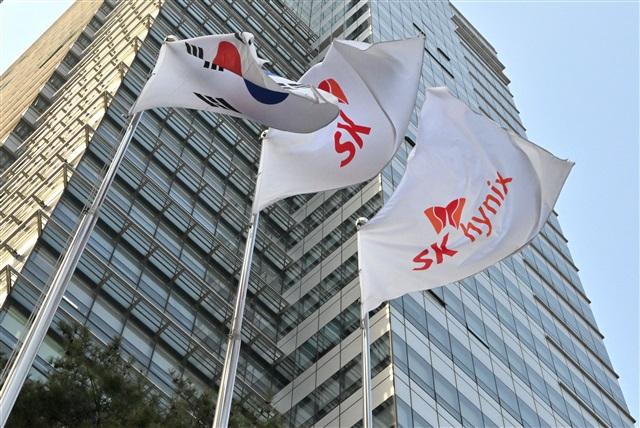
This employee has been signing non-compete agreements with SK Hynix every year since 2015, including clauses prohibiting employment in rival companies, and also pledging not to disclose any trade secrets before leaving the company.
In July 2022, the employee chose to resign and signed a non-compete agreement with SK Hynix, prohibiting them from switching to the same industry within the next two years.
Subsequently, the employee joined Micron Technology, and upon receiving the news, SK Hynix immediately filed a lawsuit in August 2023.
The court believed that the technology leakage would benefit Micron Technology, as it could significantly shorten the time to acquire technology capabilities comparable to SK Hynix in the same field, while causing significant damage to SK Hynix’s core competitiveness.

It is widely believed in the industry that Micron Technology’s successful strategy, skipping the production of the fourth-generation HBM3 and directly transitioning to the fifth-generation HBM3E, has strengthened its position in the HBM market, largely due to because Talent poaching.
Micron Technology announced the mass production of HBM3E, but whether it passed Nvidia’s quality tests is still unknown. Meanwhile, in terms of yield and stability, there is a significant gap between Micron Technology and Samsung Electronics and SK Hynix.
Hundreds of employees jumped to Micron Technology
It is reported that hundreds of employees from Samsung Electronics and SK Hynix have already gone to work for Micron Technology.
For Korean companies, the departure of a large number of key employees in the advanced semiconductor technology field to their competitors, such as Micron, poses a significant threat to Korea’s storage industry’s technological secrets and competitiveness.
According to data statistics, publicly available information indicates that at least 110 SK Hynix employees have joined Micron, and the actual number may be even higher.
Meanwhile, hundreds of researchers from Samsung Electronics have also joined Micron. With local recruitment included, it is expected that the number of resignations from these two Korean companies will be even higher.
Not only is Micron Technology poaching talent, but even Intel is also eyeing employees from these two companies, posing a high risk of talent loss for Korean technical personnel.
In July of last year, a Samsung Electronics engineer who was preparing to work for Intel was sentenced to 18 months in prison because this person attempted to leak 33 files containing core technology of Samsung Electronics’ foundry, which were eventually discovered.
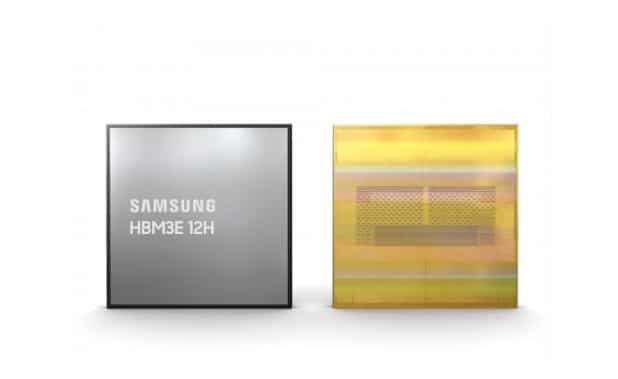
Samsung Electronics set up a company in the United States to focus on HBM research.
However, an employee of Samsung Electronics working in the United States, who had been involved in HBM project development, subsequently joined Micron, continuing to research HBM products.
SK Hynix has an even more exaggerated case. A former employee once received awards from the Korean government for contributing to the development of HBM2E and played a decisive role in ensuring the source technology for 3D stacked HBM and participated in the development of double data rate DDR5 prototypes. However, this employee is now about to join Micron Technology.
Currently, SK Hynix is on high alert against Micron Technology, as the latter is rapidly catching up with Korea’s advanced storage industry technology.
Micron’s HBM3E will be manufactured using 1β technology, equivalent to 12nm, which SK Hynix also adopts. Samsung relies on 14nm node 1α manufacturing.
Reports show that last year, SK Hynix hold a 53% market share in the HBM market, Samsung Electronics hold 38%, and Micron hold 9%.
This year, SK Hynix has invested 1.3 trillion won in advanced packaging to increase production capacity, using MR-MUF (massive reflow underfill) packaging technology. This technology injects liquefied protective material between stacked chips to protect the equipment and prevent heat dissipation, which is SK Hynix core competitiveness in HBM.
Micron is also trying to use this technology, but it appears that it will take some time for Micron to catch up with SK Hynix.
Samsung Electronics faces a double setback
To demonstrate its technical capabilities, Samsung Electronics will continue to strive to become a partner of Nvidia.
At Nvidia’s GPU Technology Conference on March 18th, Samsung Electronics will showcase HBM3E chips and introduce CXL technology, hoping to become an open industry standard for improving product performance and efficiency.
For Samsung Electronics, this is a challenging task. It will be difficult to become a new supplier for Nvidia without significant technological breakthroughs. Of course, Samsung Electronics has just begun to make efforts, and there is no apparent progress for the time being.
Samsung Electronics has decided to make the HBM division a permanent division under the chip department. This department includes product design, solutions, and other exclusive development teams for HBM, which will also strengthen the early stable yield of the product.
Samsung 3nm advanced technology
One Samsung engineer was responsible for 3nm advanced technology and worked until July 2021, then switched to work for Intel in August of the same year.
Another engineer worked for Samsung Electronics until the end of 2023, and now works at Intel’s wafer foundry, previously responsible for mass production using the 14nm process at Samsung.
A certain employee of Samsung Electronics, working in the NAND department, went directly to Micron Technology’s NAND department in 2018.
In addition, Samsung Electronics also faces threats of employee strikes. It was revealed that negotiations between Samsung’s union and the company were not going well, and both sides were angry.
The union demanded an 8.1% wage increase, while Samsung only proposed a 2.5% increase. Later, Samsung increased the base salary increase to 2.8%, extended long-term service holidays and remaining holidays, provided comprehensive medical examinations for employees’ families, and the second round of negotiations began on March 8th, ending without agreement.
Union members stated that during negotiations for the 2024 wage increase, a senior Samsung representative

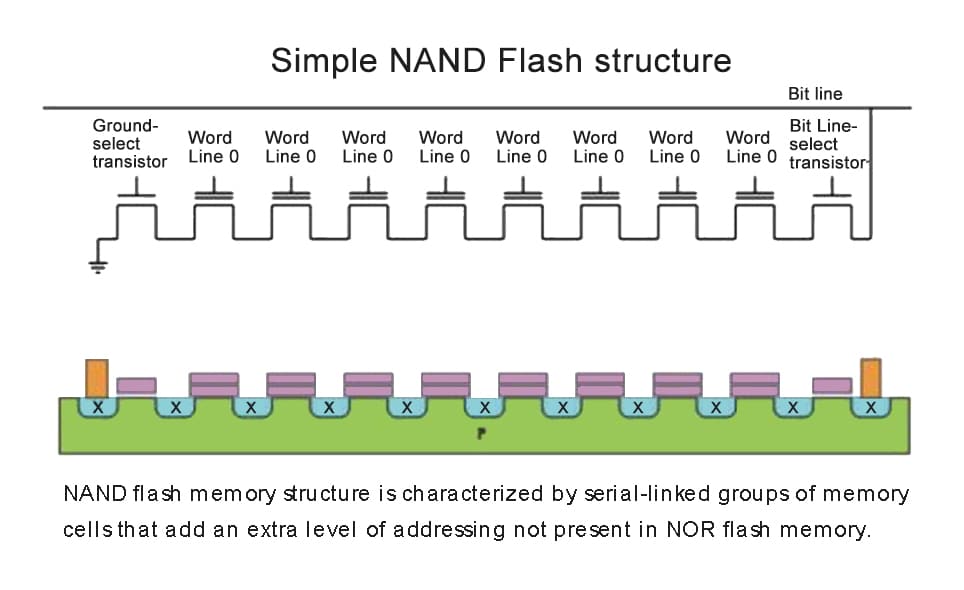
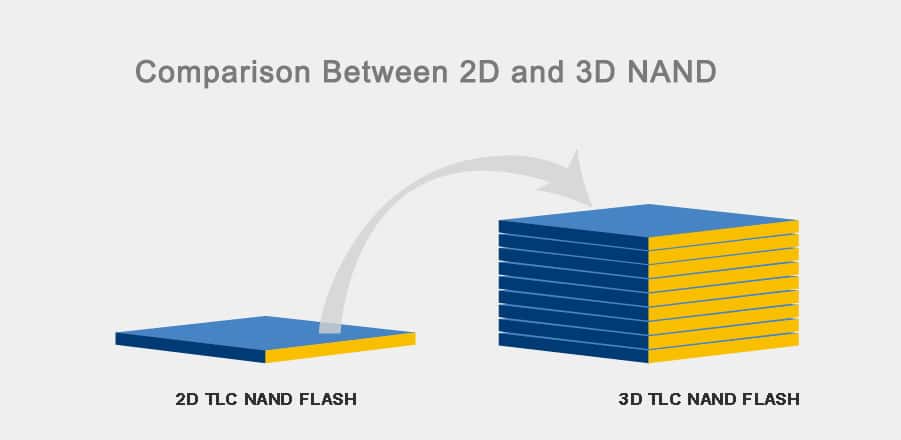
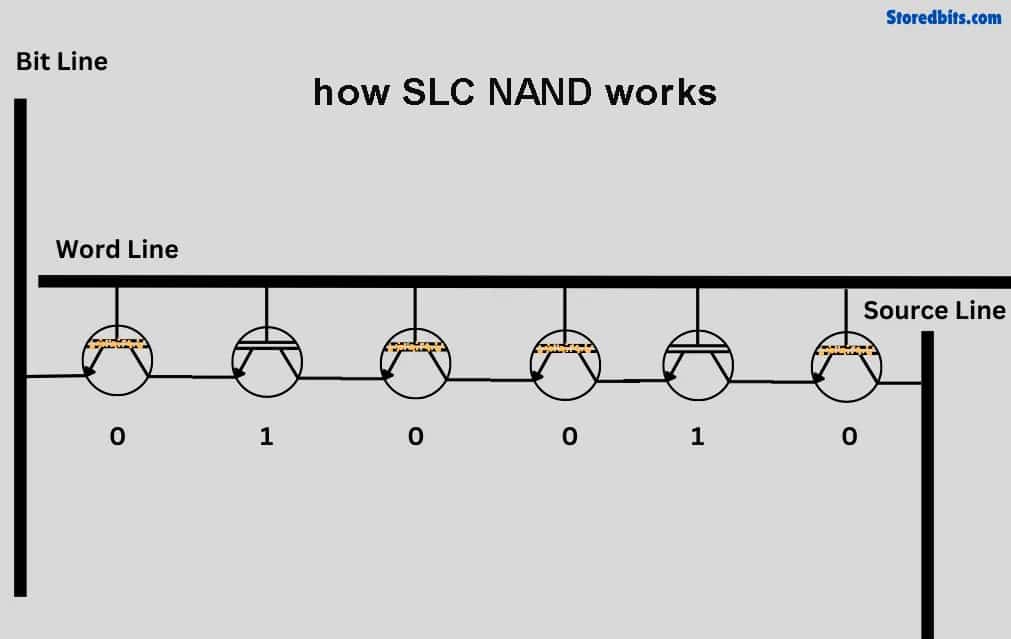
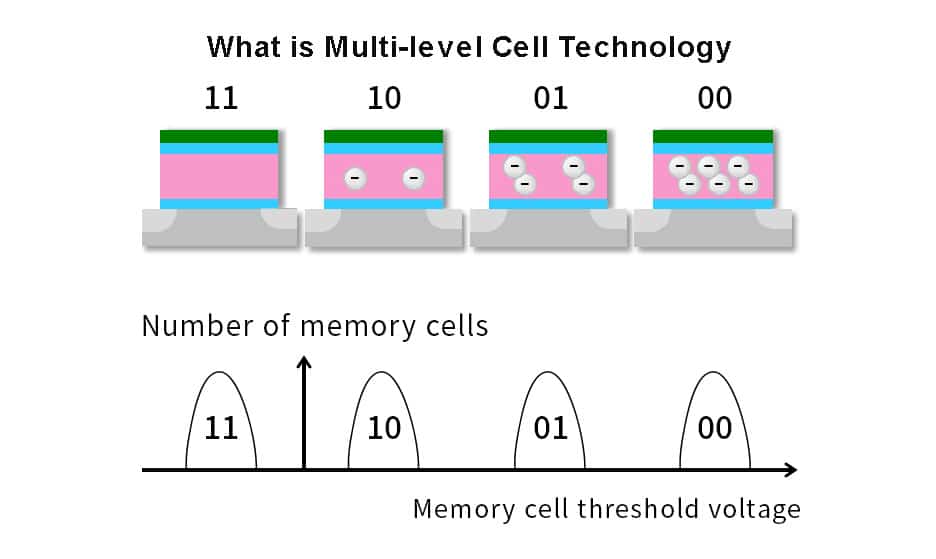
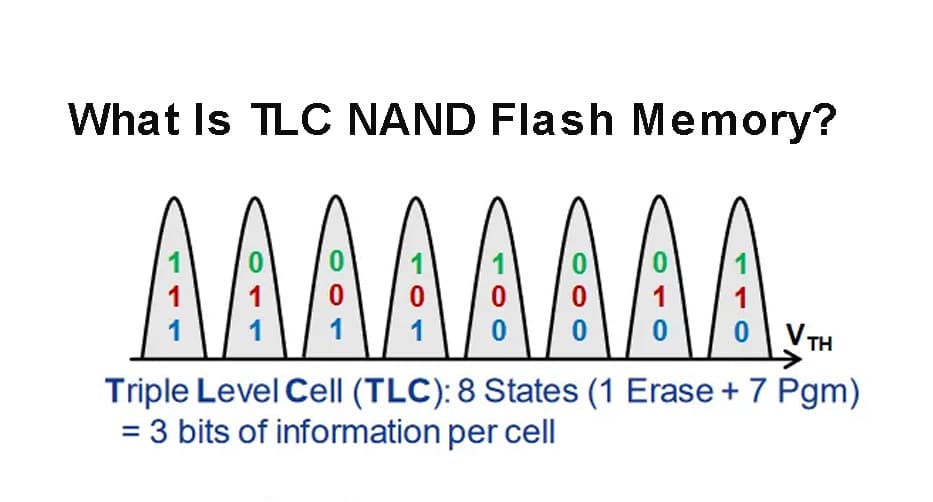




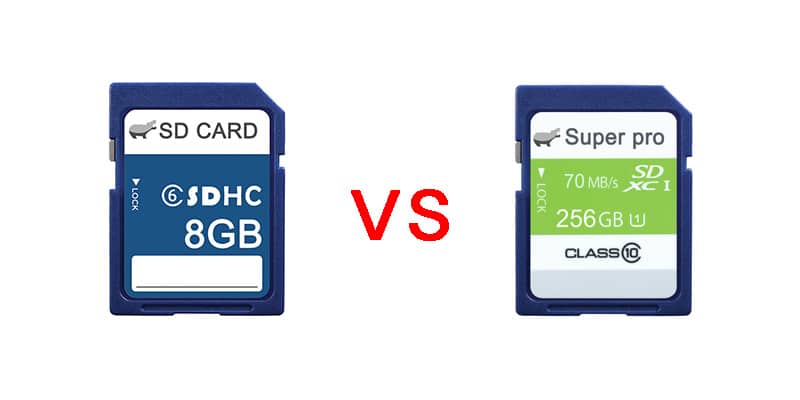
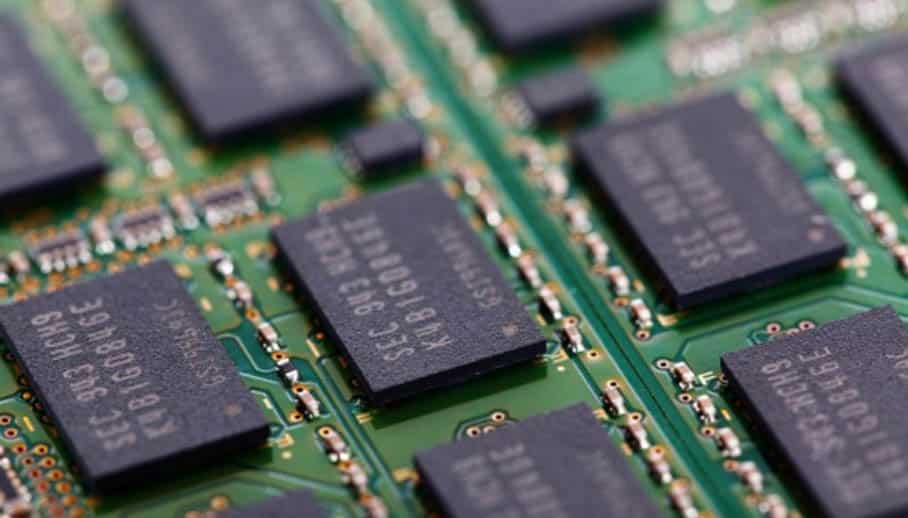
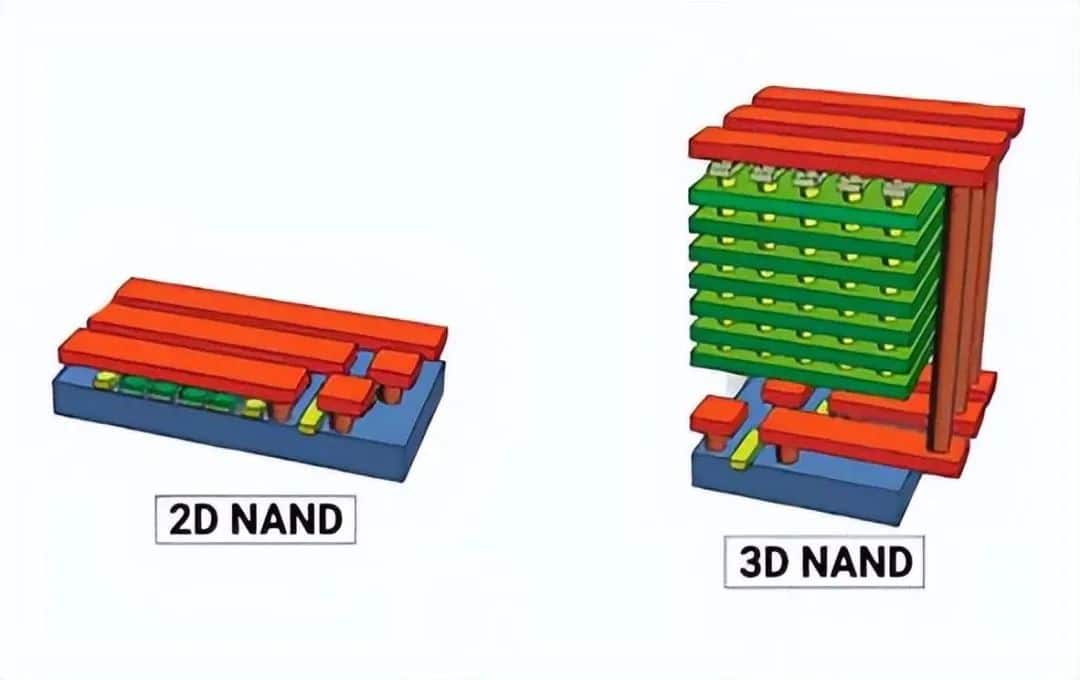

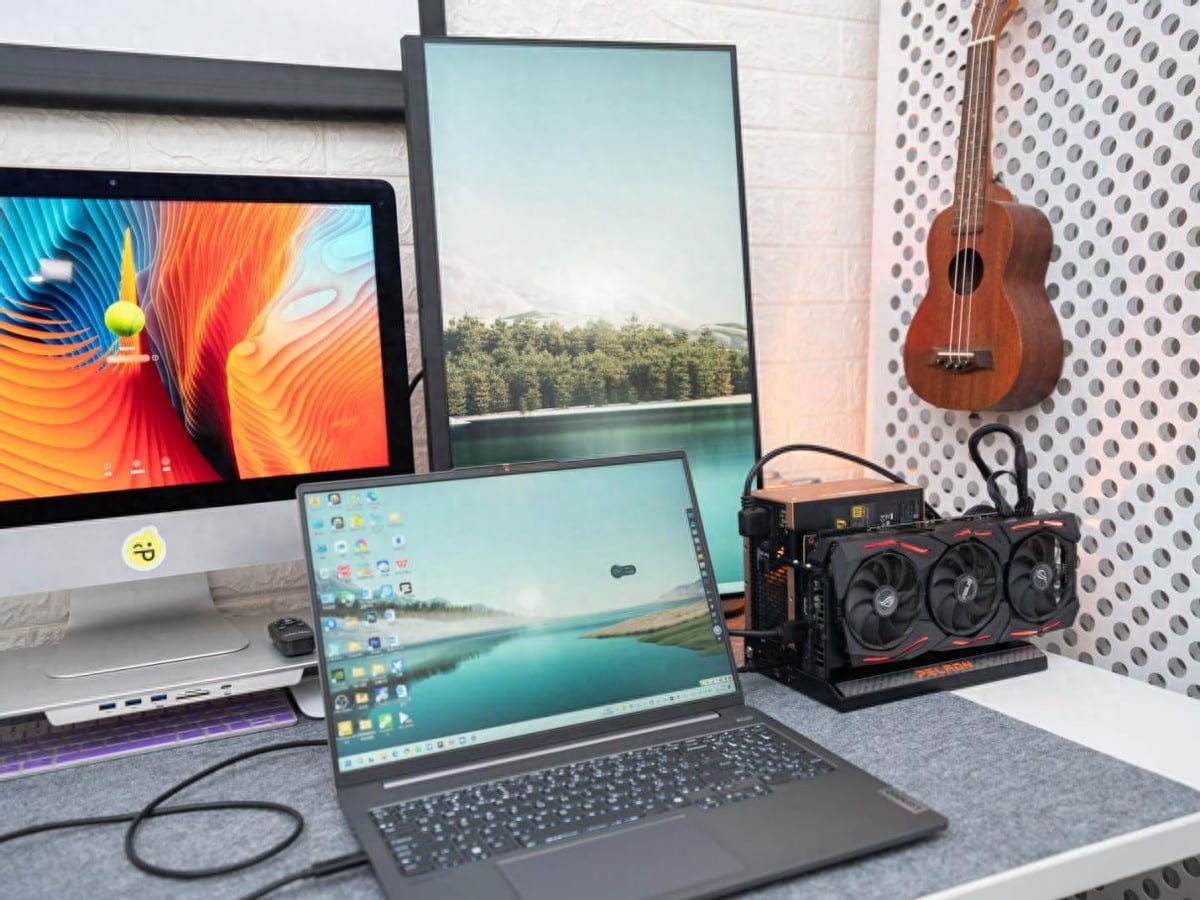
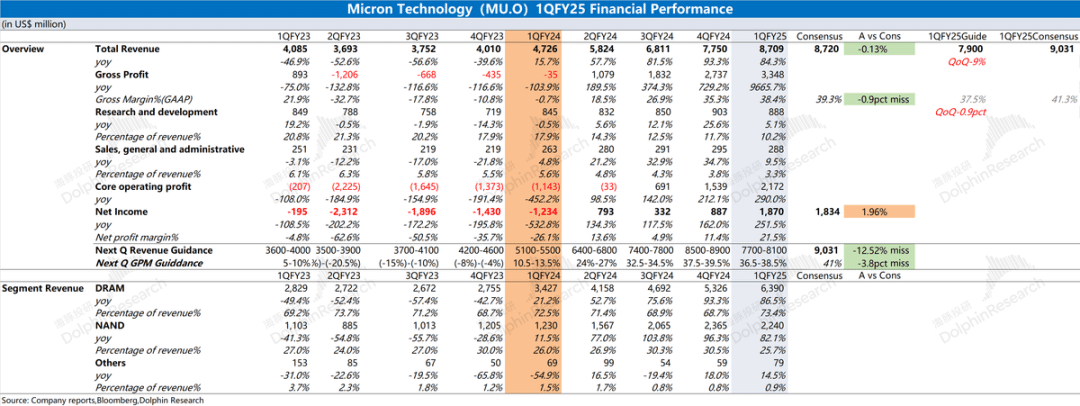
Leave a comment